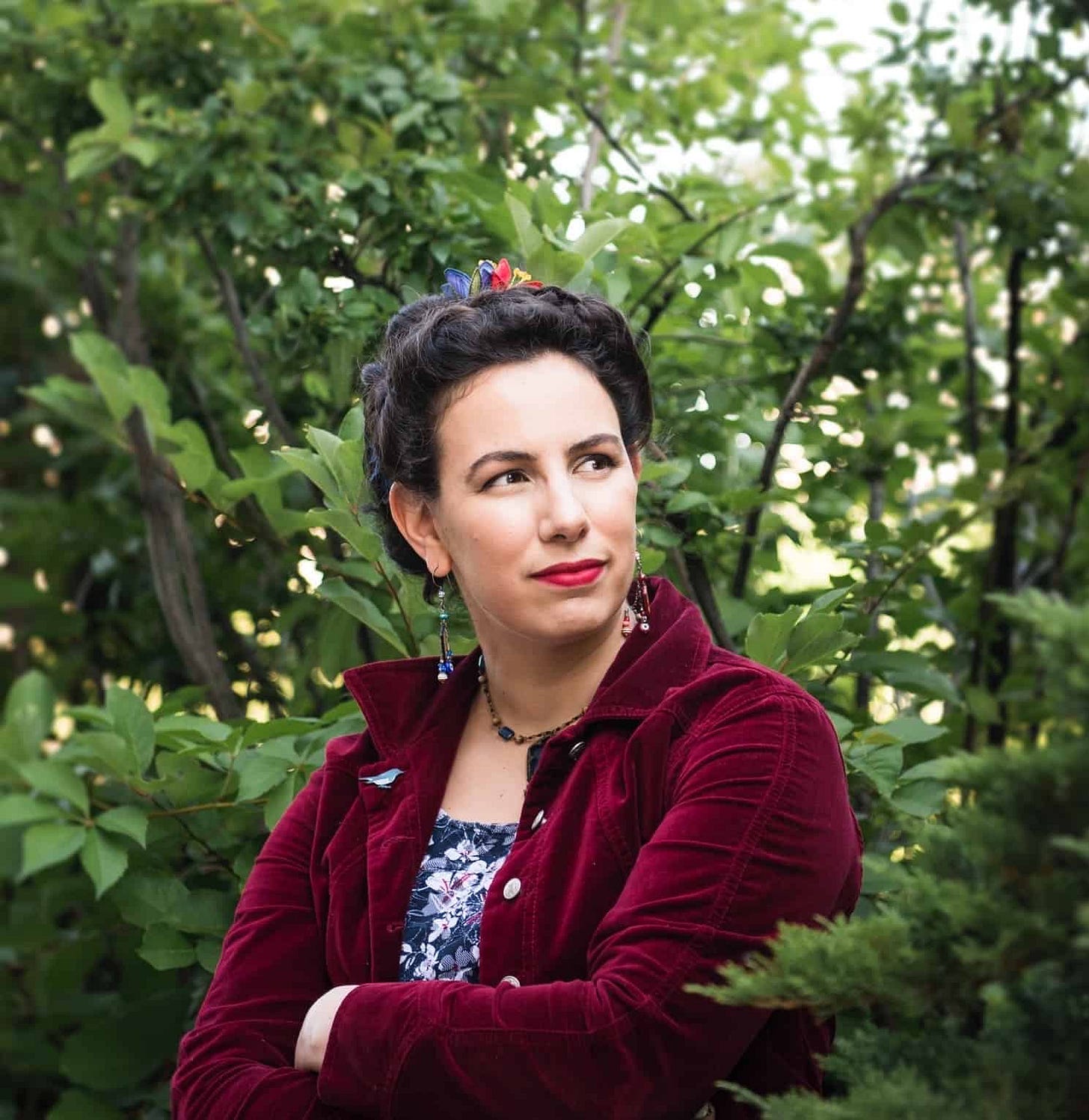Defamiliarizing Fairyland: Review of The River Has Roots by Amal El-Mohtar
An act of writing as an act of spellcasting.
Published: March 2025, Tor/Forge
Genre: Fairy Tales, Folk Tales, Legends & Mythology
Summary: In the small town of Thistleford, on the edge of Faerie, dwells the mysterious Hawthorn family.
There, they tend and harvest the enchanted willows and honour an ancient compact to sing to them in thanks for their magic. None more devotedly than the family’s latest daughters, Esther and Ysabel, who cherish each other as much as they cherish the ancient trees.
But when Esther rejects a forceful suitor in favor of a lover from the land of Faerie, not only the sisters’ bond but also their lives will be at risk…
Thank you to Tor/Forge (and Crystal) for an advanced reading copy.
A critical question in writing—and most especially in writing speculative fiction—is as follows: How do we describe the indescribable?
Faerie, Heaven, or Hell, modern fantasy settings such as Narnia, Oz, or Wonderland, and many other Other Lands are often characterized by their fantastical, magical, incomprehensible Unexplainableness, Undefinableness, Unknowableness. (You can also say the same thing about Fear, or Desire, or Love.)
To distill that epic-feeling essence into the narrow-seeming scope of human language can often feel like a reduction, a choking, a death. Monsters are scarier in the dark because our imaginations can conjure up horrors that our senses cannot confirm or deny; but to give a nightmare a name, it is often thought, is to deprive it of its power.
In the 100-page novella The River Has Roots, Amal El-Mohtar weaves an enchanting and lyrical love story about two sisters, a magical willow tree, and a river coursing through Faerie (or Arcadia, the Beautiful Country, the Land Beyond, Antiquity, whatever you wish to call it).
Esther and Ysabel Hawthorn get lost and found in Faerie. They fall in love, not alway with humans. They make promises and deals and sacrifices with and for and in each other. It’s simple yet wholly, their loving relationship, without any resentment or bitterness despite contrasting desires.
(I had the privilege of attending El-Mohtar’s reading at the 2024 WorldCon in Glasgow, where she read the first chapter and talked about her love for her own sister. For more sisterly magic manifested through music, check out the audiobook of The River Has Roots, featuring music recorded by Amal and her sister, Dounya.)
Esther and Ysabel’s world is infused with grammar, a magic system in which a transformation of language correlates to a transformation of the Material World. While it’s mentioned in passing that there exists schools and literature and academia on the subject, the sisters relate to grammar in a much more intuitive, organic way, through writing and singing songs to their family’s willow tree.
“Children muttering over their schoolbooks today think little of grammar,” the narrator states on the very first page, “Grammar is a shackle placed on language.” But in Esther and Ysabel’s songs—and in Amal’s lyrical writing—grammar and language are not limits. Instead, language enhances, elevates, endangers, transforms. An act of writing as an act of spellcasting.
This recalls, to me, the Russian Formalists’ concept of defamiliarization; the idea that a poet’s duty is to slow their readers’ perception; to make us linger on the words themselves instead of “charging through” to its meaning; to use figurative, poetic, or metaphorical language to refresh strangeness and stimulate careful consideration on what we assume is mundane, rote, familiar.
An early example from The River Has Roots: The Hawthorns’ willow tree, so named “The Professors,” invites easy association to scholars and teachers at academic institutions. The narrator, however, tells a love story that evokes the lesser-assumed, archaic definition of a Professor: someone who professes, admits, declares.
Another example, during a character’s journey into Faerie: The narrator asks us to reconsider our assumptions about the relationship between temporality and geography. What is close to us temporally is, often, what is close to us spatially. In calling out that assumption, then making us linger on the implications of its subversion, a trip to Faerie is made all the more unfamiliar, strange, magical.
A third example, in a song Esther sings to her Faerie lover, Rin:
I gave my love a cherry that has no stone.
“But how,” [Rin said], “can a cherry have no stone?”
A cherry when it’s bloomin’, it has no stone.
With a background in poetry, El-Mohtar is a master of diction and conciseness—wielding the most conservative number of words to produce the most imaginative of scenes. In defamiliarizing the familiar, she immerses us in a Fairyland that is not magical because we can’t comprehend it, but because it scrambles our comprehension, forcing us to double-take our most basic assumptions.
With these slight but pleasurable twists of the English language, Amal El-Mohtar imbues the most seemingly ordinary of words with delight—with fairy magic.


